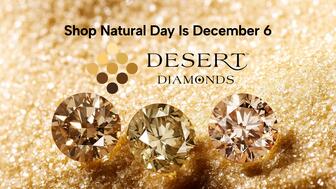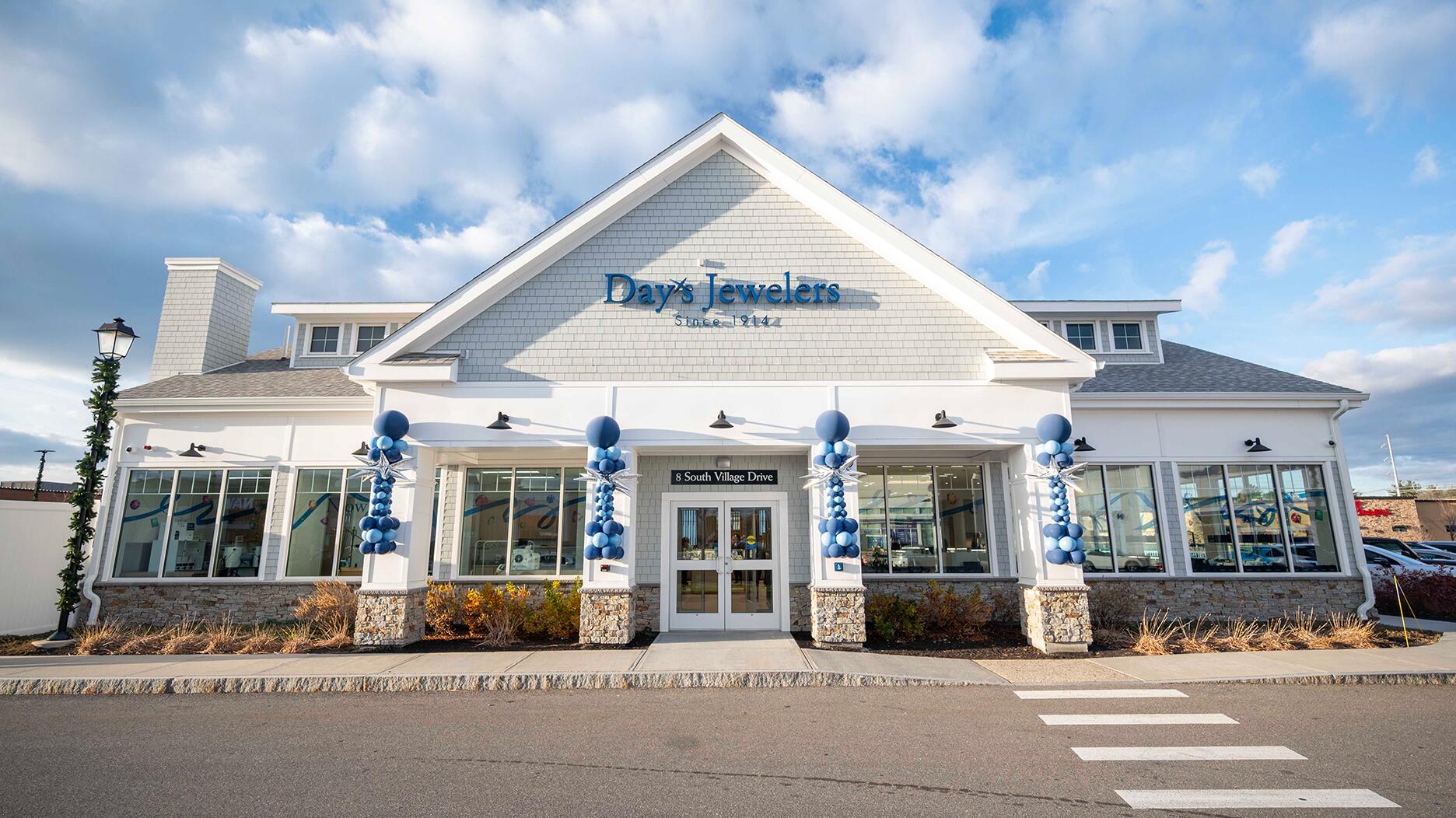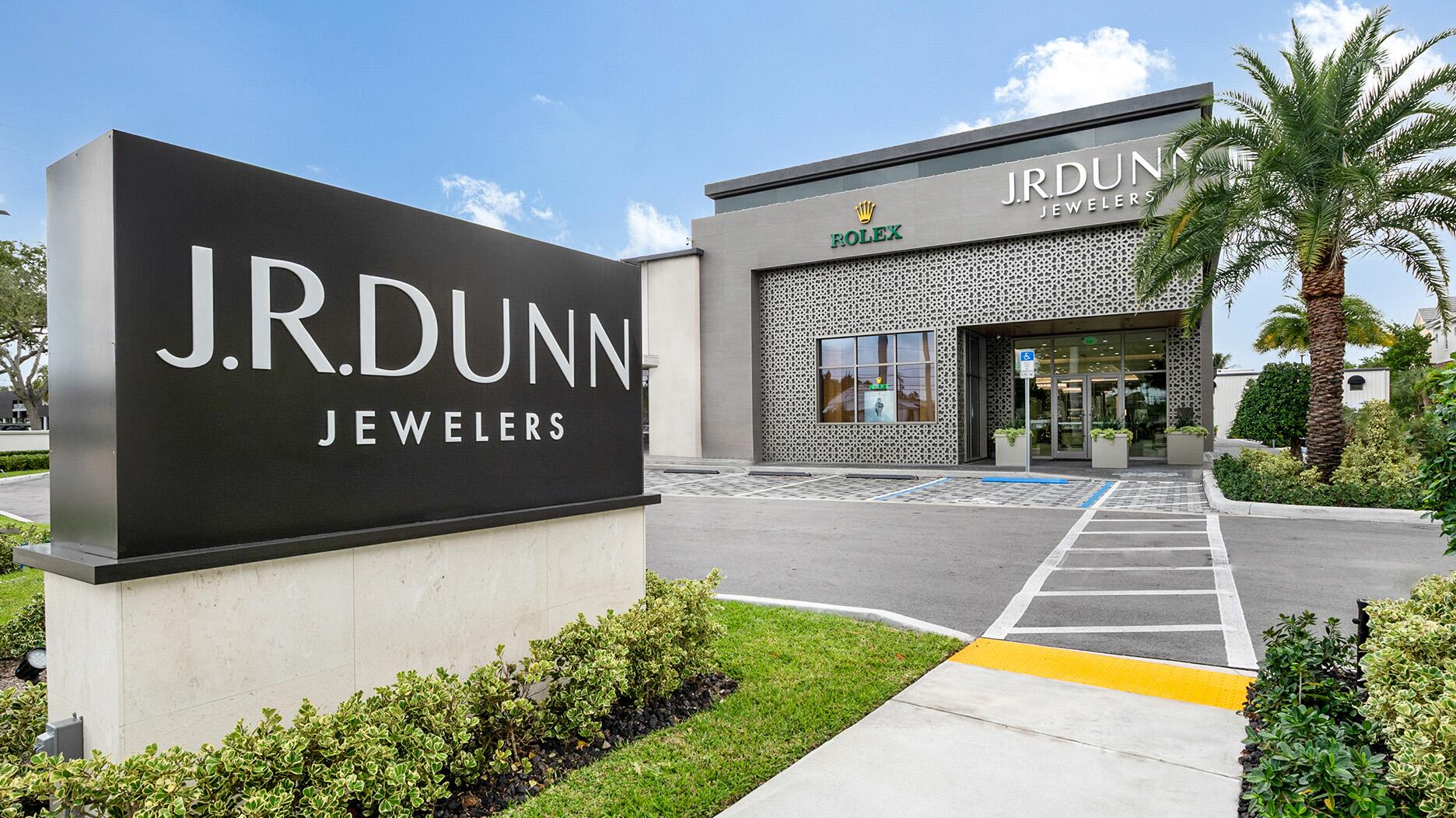Set in a Tiffany & Co. necklace, it sold for $4.2 million, the highest price and price per carat paid for a Paraíba tourmaline at auction.
The PR Adviser: Dear Lilian …
Lilian Raji relinquishes control of her column this month to answer a question on how to obtain a licensing agreement with a major jewelry company.

Dear Lilian,
I have designed a couple proprietary pendants.
1) What is to best way to get a licensing agreement with a major jewelry company?
2) If I was to market it myself, is there a best way to do this with minimal budget?
Steve Belleville
Mystery Heart Jewelry
Dear Steve,
So I must admit--I know how to maneuver an eight-cylinder, 300-plus horsepower car through the treacherous roads of the Pacific Coast Highway at 90 mph, and I know how to avoid getting rammed by an errant motorist while driving the nerve-racking streets of Naples, Italy.
I know how to safely cut bamboo trees with a Samurai sword and I know every single line of the movie Kill Bill and can re-enact both volumes of the film for you in their entirety.
I also know how to speak French, Spanish, Italian, Japanese, Greek and the Nigerian language of Yoruba at varying levels of fluency and how to say “thank you” in 11 other languages.
What I don’t know how to do, however, is get a licensing agreement with a major jewelry company.
But, before you lose faith in me, darling Steve, I also know how to ask other people when I inevitably encounter a subject on which I know nothing.
So I turn this month’s column over to my dear friend, Dan Scott, former CMO of Scott Kay and a celebrated “brand architect.”
Dan, love, take it away!
Thanks,
Lilian
----------
Let’s begin with first defining the word “proprietary.” In intellectual property (IP) legal terms, a design that is truly proprietary needs to be first at market with proof of commerce. This means that even if someone else has a trademark, design or utility patent from the U.S. Patent and Trade Office, if you can prove you sold it before them, you could sue for infringement on the design and much more.
Once you verify you have something proprietary, the next thing to note is that any protection you have will change, or be non-existent, country to country. Every country has different requirements that must be met individually. This is critical in licensing, as any major jewelry company won’t want to limit a licensing agreement to the United States alone, although this does occur.
For instance, Hasbro only owns the rights to Scrabble in the U.S., while the name is owned by Mattel in every other country. When I marketed Scrabble-Jewelry.com, we had to prevent visitors from all countries except the U.S. from visiting the site as it features e-commerce and branding for Hasbro and their licensed partner, World Trade Jewelers.
Last point on IP--a design patent is not as strong as a utility patent. You’ll need to know what your strengths and weaknesses are in proprietary rights beforehand, as any company will assess the equity of your design in part by the value of such protection and, in many cases, base the license agreement around such equity.
Next, have you performed any market research or consumer testing to see if the product is viable?
If it’s already selling, you’re set. If not, consider a consumer evaluation report and present it with your licensing proposal. By doing so, you’ll gain a much warmer reception from a licensee, as they will want to perform local or national tests themselves before agreeing to take something on a whim.
Contact the senior marketing executive at your desired company (typically the CMO) and inquire if they have an in-house licensing group or agency, such as Iconix or Beanstalk. Present the group or agency with a nondisclosure agreement and follow with a licensing plan, a financial projection document outlining the net, wholesale and retail price with forecasted volume and reorders. This licensing plan must be formulated within each licensing sector you’re approaching.
Each licensed sector needs its own sales forecasts, typically for a three-year span. There’s also the classification of jewelry licensing: fine, bridge and costume. Smart licensees will want to own all three, but you could separate and sell them independently.
Under a typical licensing arrangement, there is a guarantee, an amount of money paid upfront when a deal is signed, regardless of the outcome, from the licensee to the licensor. There’s also a royalty percentage granted to the licensor, which varies based on the guarantee and the projected/actual sales per quarter of each year.
Expect to answer the question, “How will this be marketed?” as, too often, any licensee will expect some level of marketing dollars and/or plan to offset their own costs and time. It’s very rare for any licensee to pay out a guarantee with royalties and front all marketing costs/plans, especially for an unproven product or designer.
Two publications I highly recommend reading on a regular basis are BEL (Brand Extension Licensing) and License! for topical news and information.
To answer your second question about marketing yourself on a tight budget, I would say that marketing yourself starts with branding yourself, but there is a big difference between branding and marketing.
Branding is the process of identifying your point of difference, identifying who your customer is now and in the future, creating a strengths, weaknesses, opportunities and threats (S.W.O.T. document), and crafting the creative elements to dress the brand and make it stand apart. This includes a memorable name, logo, possible slogan and style guide to keep your brand on track and consistent.
Only after a brand plan is complete should you look at marketing. Marketing is the strategic, tactical process of the brand delivered and evaluated to your target group.
In marketing on a minimal budget, you need the right launch plan, carefully turning on and maintaining all local, grass-root, digital and in-person options. Of course, this includes all free social sites such as Facebook or Instagram, but these are not sales platforms, nor are they proven marketing platforms to convert to sales. However, on a minimal budget, social sites are awareness channels. Make sure they link to your web site.
“Marketing is sales and sales is marketing,” my mentor, the late Scott Kay, would often state. You must think of them as the same to gain the success for which you aim.
Dōmo arigatōgozaimashita, Dan! For my non-Japanese speakers, this means thank you very much, Dan!
And efcharistó (Greek for thank you) to my lovely readers. Don’t forget to send me your most pressing PR and marketing questions to answer in a future column.
Now, off to start lessons so I can add “ride a motorcycle like I’m a villain in a Mission: Impossible movie” to my list of things I know how to do. See you next month!
The Latest

The jeweler’s “Deep Freeze” display showcases its iconic jewelry designs frozen in a vintage icebox.

Take luxury gifting to new heights this holiday season with the jeweler’s showstopping 12-carat sphene ring.

How Jewelers of America’s 20 Under 40 are leading to ensure a brighter future for the jewelry industry.

This year's theme is “Unveiling the Depths of the Ocean.”


In its annual report, Pinterest noted an increase in searches for brooches, heirloom jewelry, and ‘80s luxury.

Starting Jan. 1, customers can request the service for opal, peridot, and demantoid garnet.

Roseco’s 704-page catalog showcases new lab-grown diamonds, findings, tools & more—available in print or interactive digital editions.

The new catalog features its most popular chains as well as new styles.

The filmmaker’s personal F.P. Journe “FFC” prototype was the star of Phillips’ recent record-setting watch auction in New York.

The new location in the Design District pays homage to Miami’s Art Deco heritage and its connection to the ocean.

Inflations, tariffs, and politics—including the government shutdown—were among consumers’ top concerns last month.

“Longtime favorite” presenters, as well as first-time speakers, will lead talks and workshops at the annual event in Tucson next year.

Silas Smith of Meridian Metalworks won the challenge with his pendant that blends Australian and American landscapes.

The sale of the 31.68-carat, sunset-hued stone was part of Sotheby’s first series of events and auctions in Abu Dhabi.

Most customers who walk into your store this month have made up their minds. Your job is to validate their choice, Emmanuel Raheb writes.

The collection features characters and motifs from Ukrainian folklore, including an enchanted mirror and a magic egg.

MatrixGold 3.11, the newest version of the jewelry design program, offers more flexibility, precision, and creative control.

The pavilion will be part of the 2026 JA New York Spring show, scheduled for March 15 to 17.

Kadet, a 1994 National Jeweler Retailer Hall of Fame inductee, helped grow the family-owned retailer in the Chicago area and beyond.

Billed as the world’s smallest wearable, Lumia Health’s new smart earrings have a health tracker subtly embedded in the back.

Don’t let those with December birthdays feel blue. Help them celebrate their month with blue zircon, turquoise, and tanzanite.

The new pink sapphire version of the piece dances with its wearer in the brand’s “Icons After Dark” holiday campaign.

A choice that’s generated a lot of commentary, Pantone says “Cloud Dancer” marks a fresh start and encourages relaxation and creativity.

The manufacturer’s holiday campaign features a gift guide filled with trending designs and jewelry that can be personalized.

The man was charged with theft, accused of ingesting the necklace while in a jewelry store in Auckland, New Zealand.

Sponsored by De Beers Group



























